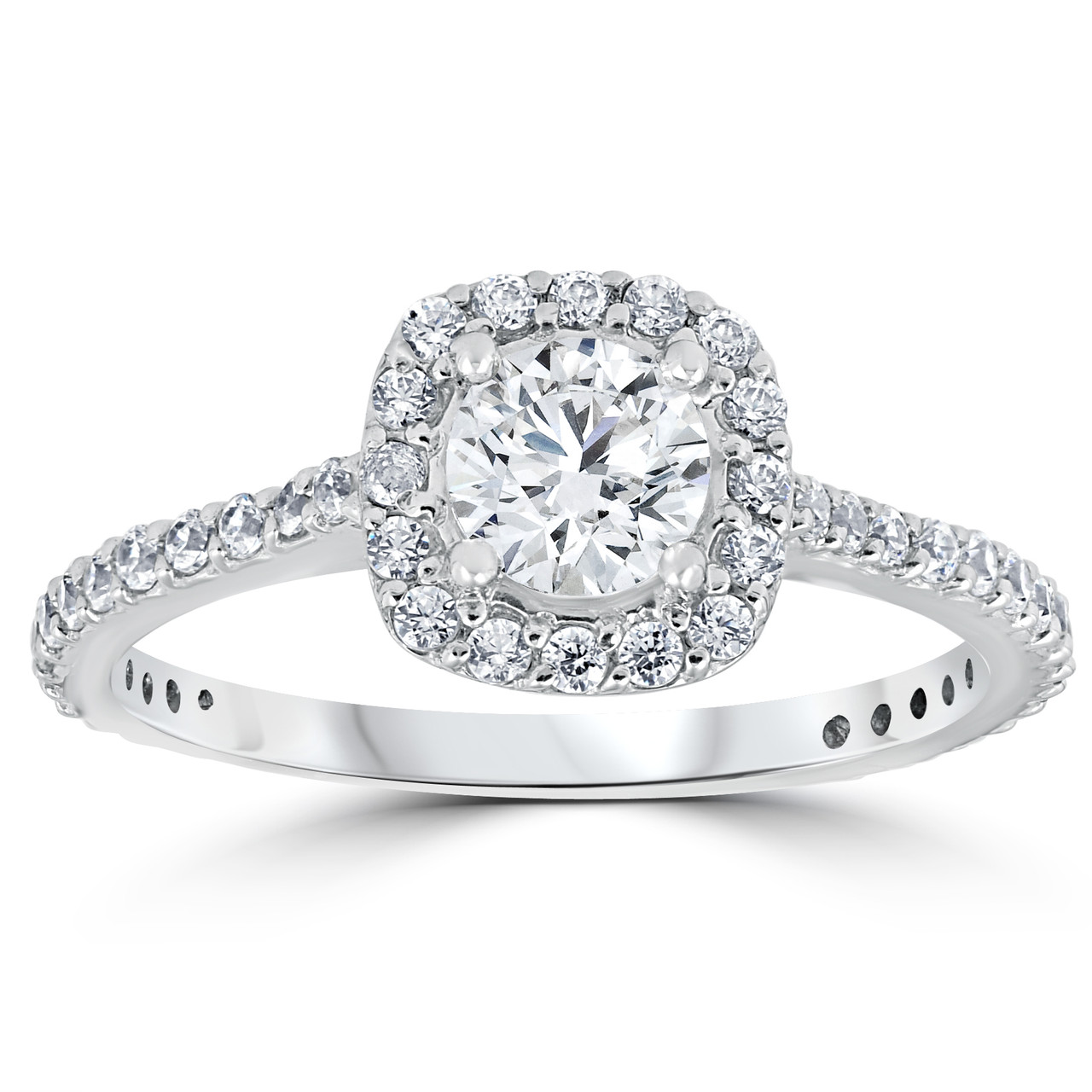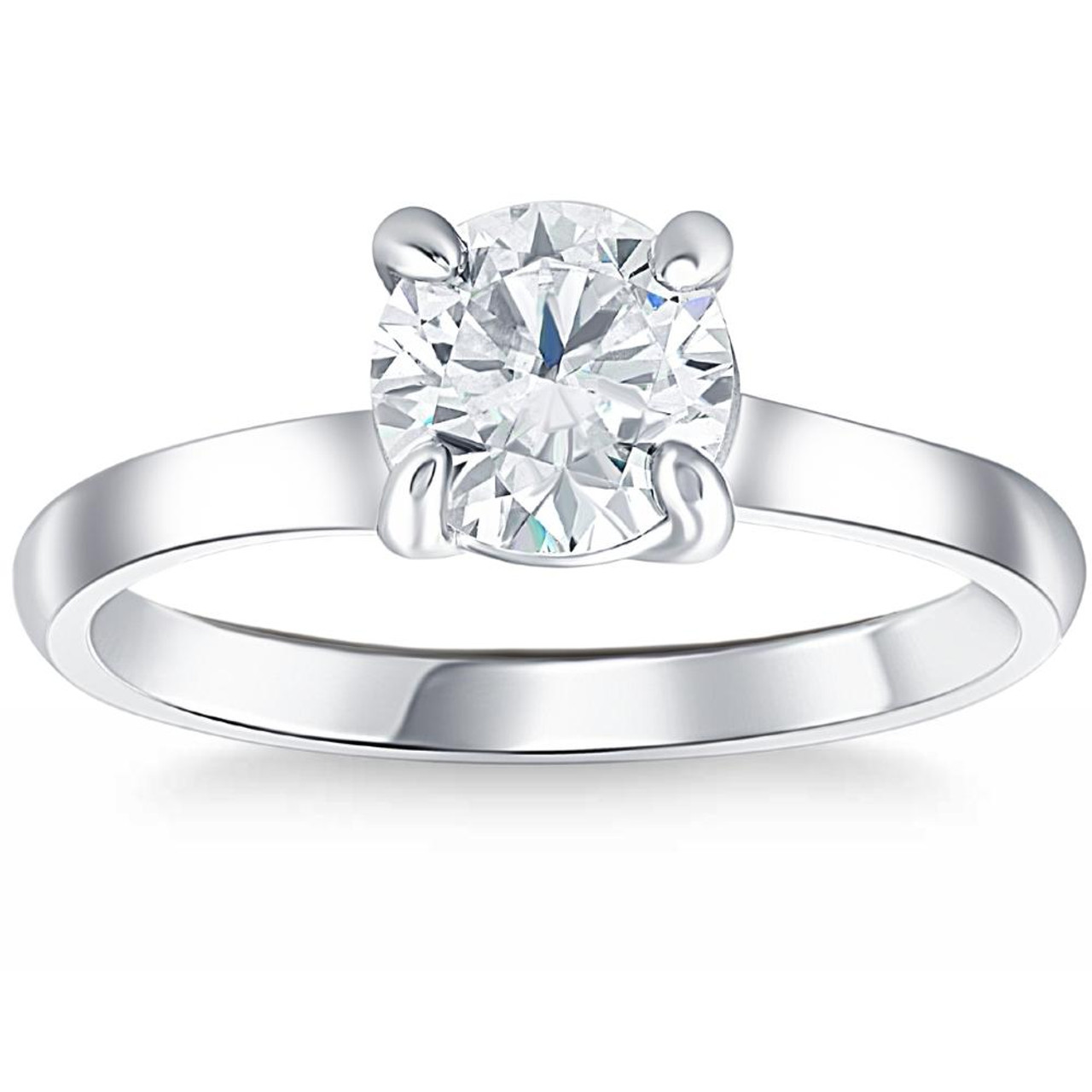What the 4 C’s of Diamond Grading Mean and How They Affect Cost
Posted by Pompeii3 on Feb 20, 2019
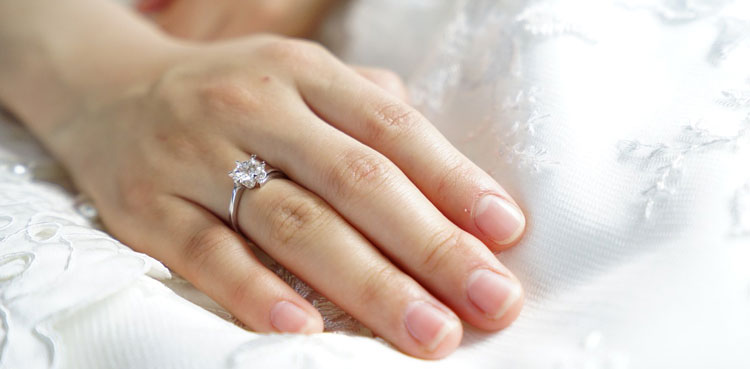
There’s no doubt that you’ve heard the term before: “the four C’s.” But, you may still be wondering what, exactly, are the 4 C's of diamonds? For those who aren’t familiar with diamond bridal jewelry, trying to decipher the in’s and out’s of this terminology may feel like trying to learn a foreign language.
At Pompeii3, we’re not just a jewelry retailer. We also take jewelry education seriously, and we want all of our customers to learn more about the diamonds they’re considering purchasing. Why? Because we want you to be confident when you make your purchase with us that you’ve made the best possible selection at the greatest value. This is possible once you’ve figured out the 4 C’s of diamond grading and how they affect overall cost.
The term “4 C’s” is simply a way to remember that diamonds are typically measured in four different categories, all four of which start with the letter “C.”
- Cut
- Clarity
- Color
- Carat weight
So, what do all these diamond ring grades mean?
Cut

Of the 4 different “C’s” to consider when looking for a diamond, this one may be the most personal. The cut of the engagement diamond simply refers to the stone’s overall shape. When it comes to diamond cuts, you have a myriad of choices, including:
- Round brilliant: This is the standard-bearer of all diamond cuts. It’s the most popular shape but also typically the most expensive due to how it is fashioned.
- Princess: The second most popular option, the princess cut is a square shaped diamond. It’s a contemporary look that really shines.
- Marquis: This shape resembles an overhead view of a boat or a football. Its long shape is slimming on the finger.
- Pear: Just as the name suggests, this diamond is shaped like the profile of a pear.
- Emerald: Yes, an emerald cut diamond is still a diamond! It simply gets its name from the classic rectangular shape that has been associated with the green gemstone over the years.
Although clarity, color, and carat weight all have their own diamond grading systems, a diamond’s cut does not. It’s simply a designation given for classification, and no diamond cut is “better” than another. It’s simply a matter of taste.
Clarity

How clear is a diamond when you look at it? That’s what a diamond’s grading for clarity will tell you. Most diamonds have what are called “inclusions” and “blemishes.” An inclusion is a flaw in the interior of the diamond, and a blemish is a flaw on the exterior of the diamond. Diamonds are rated for clarity based on how many of each of these features the stone has and how difficult they are to see.
The rating system for diamond clarity is as follows, ranking from internally flawless to most included:
- Flawless (FL): A flawless diamond has no inclusions or blemishes at 10x magnification. This is the rarest of all diamonds when ranking for clarity.
- Internally flawless (IF): A diamond that may have a minor blemish, but has no inclusions that can be found at 10x magnification.
- Very Very Slightly Included (VVS1 and VVS2): Inclusions are extremely difficult to see, even under magnification. VVS1 has fewer inclusions than VVS2.
- Very Slightly Included (VS1 and VS2): Inclusions are difficult to see, even under magnification. VS1 has fewer inclusions than VS2.
- Slightly Included (SI1 and SI2): Inclusions can be readily found, but only under magnification. SI1 has fewer inclusions than SI2.
- Included (I1-I3): Inclusions and blemishes can be seen with the naked eye. I1 can be seen with some difficulty and I3 is readily seen.
Of course, clarity enhanced diamonds are a great option if you want a truly brilliant stone. If you’re overwhelmed by the diamond clarity rating scale, don’t be. Just remember one simple fact: anything with an “I” rating has flaws you can see with your eye. Any other rating only has inclusions that can be seen under magnification.
Color

When we think of a diamond, we immediately think of its clarity and the flaws that could be lurking inside. However, have you ever thought about the color, or tint, of a diamond? To help customers understand how colorful or colorless a diamond is, there’s a diamond color rating scale.
When you’re considering the color of a diamond, don’t just trust your eyes. Check the rating.
- D, E, F : These diamonds are considered colorless.
- G, H, I, J : These diamonds are considered nearly colorless.
- K, L, M : These diamonds have a faint yellow color.
- N, O, P, Q, R: These diamonds are a very light yellow color.
- S, T, U, V, W, X, Y, Z: These diamonds have an obvious light color.
Like the ratings for clarity, the diamond color rating system for color is not as daunting as it seems. Just remember that, the closer the diamond is rated to the letter “D,” the more colorless it is. Also, it’s worth noting that diamonds in the “S-Z” range are also desirable in their own unique way. Often called “champagne diamonds,” they are often highly sought after for their mysterious golden hues.
Carat Weight
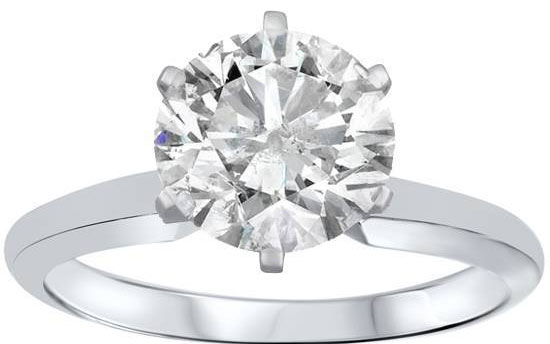
Diamonds are not weighed in pounds, ounces, or grams. Rather, they’re weighed in carats. The larger the carat weight of a diamond, the more rare and expensive the diamond will be. What carat you choose will likely depend greatly on your engagement ring budget.
How Do Diamond Ratings Affect Cost?
The “C’s” that affect the cost of a diamond the most are carat weight, clarity, and color. Simply put, the higher a diamond registers on the rating scales, the more expensive it will be. Why is that? Because the diamonds rated highest are also the rarest. The rarer the stone, the higher the demand and price.
When looking for the perfect diamond for you, the easiest way to control costs is to consider which diamond ring grades are most important to you. Would you prefer a smaller, clearer diamond? Would you consider a larger diamond if it had a few inclusions you could see with your eye? Does having a colorless diamond trump all other considerations? There’s no correct answer to these questions. Your style, budget, and heart will be your guide as you sort through your options.
Pompeii3: Your Highly Rated Diamond Retailer
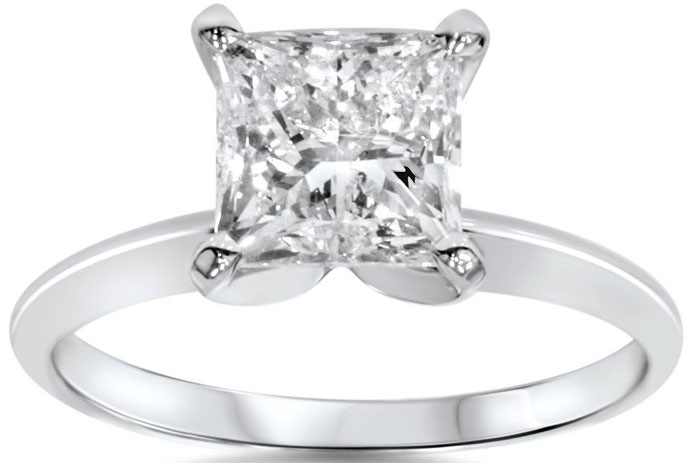
When it’s time to find the perfect diamond ring, make sure you purchase it from Pompeii3. Not only do we have a large selection of exquisite diamond solitaire engagement rings and wedding rings, but we also offer stunning lab-created diamonds. These precious stones have the exact same chemical and physical properties as natural diamonds, but they were created in a laboratory instead of being mined via traditional methods. Lab-created diamonds can rank extremely high in diamond gradings while costing a fraction of their naturally mined counterparts.
Browse our collections with the above diamond ring grades in mind and you’re sure to find something that shines for you!


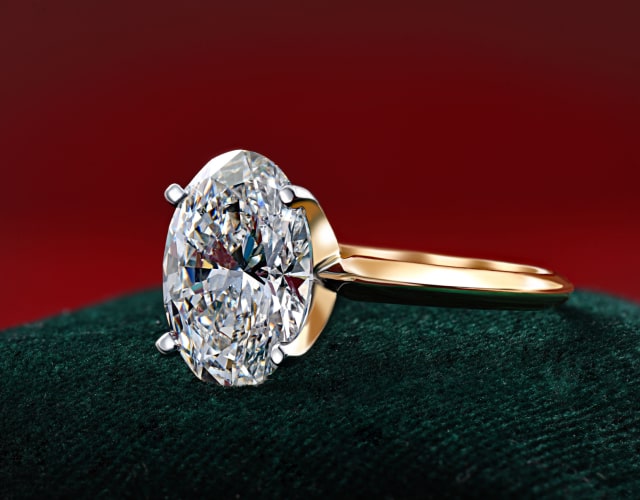 Engagement Rings
Engagement Rings
 Tungsten
Tungsten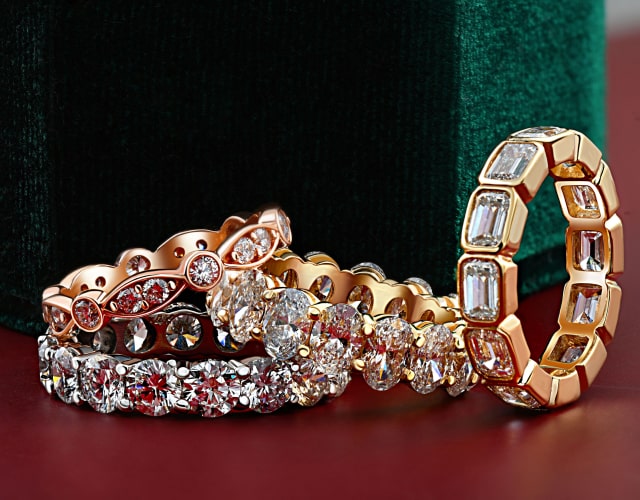 Wedding Rings
Wedding Rings
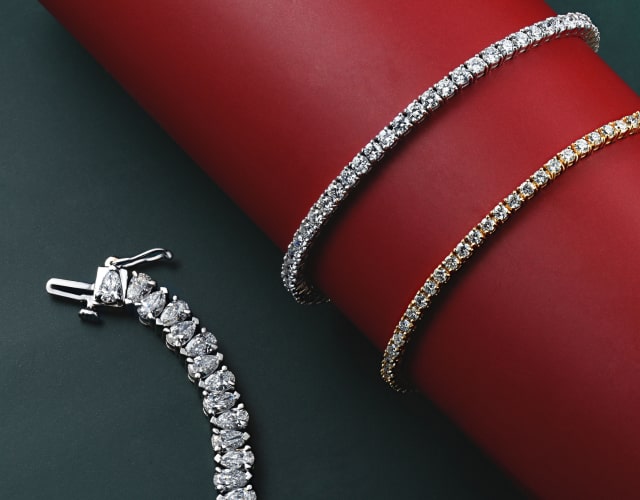 Fine Jewelry
Fine Jewelry
 Diamond Studs
Diamond Studs
 Up To 80% Off
Up To 80% Off
 Find The Perfect Gift
Find The Perfect Gift
 White Gold
White Gold

